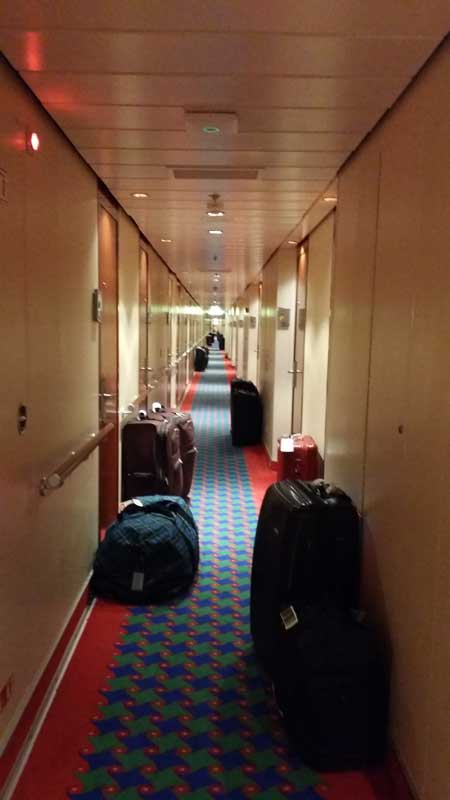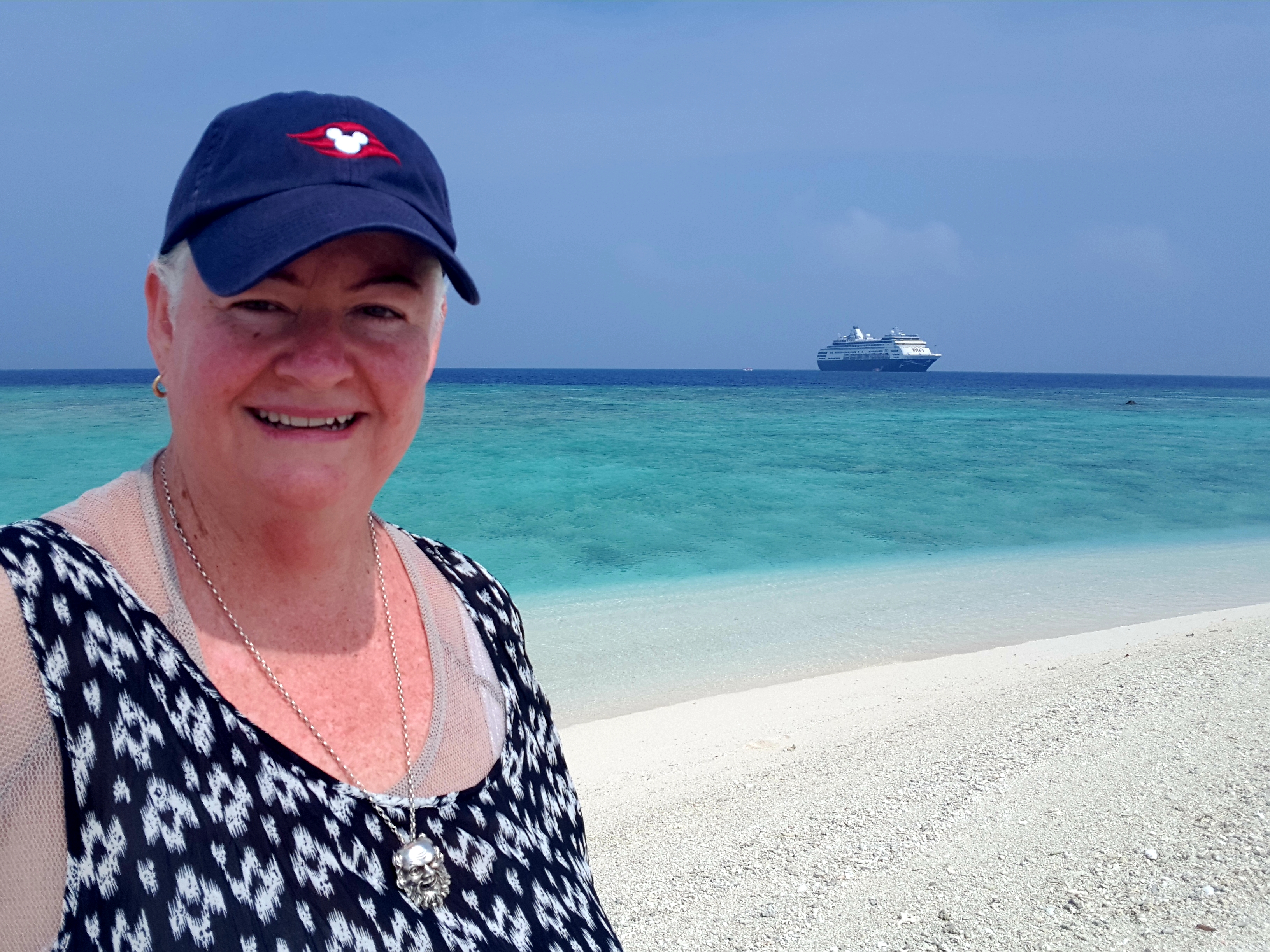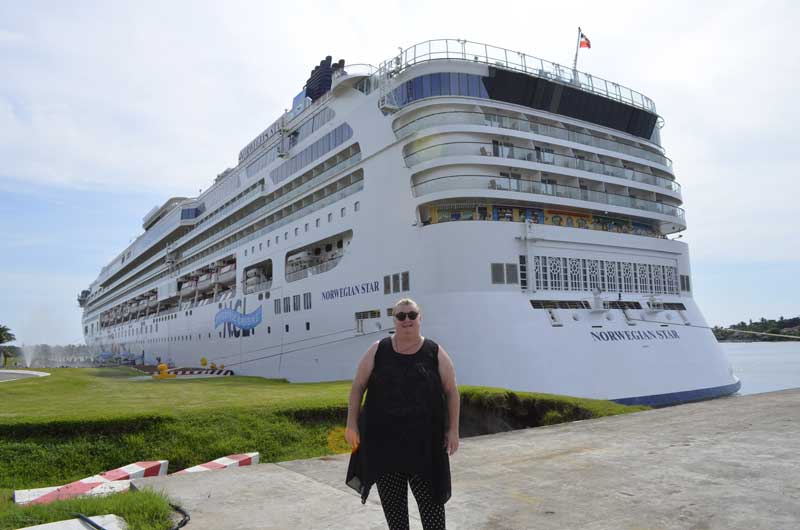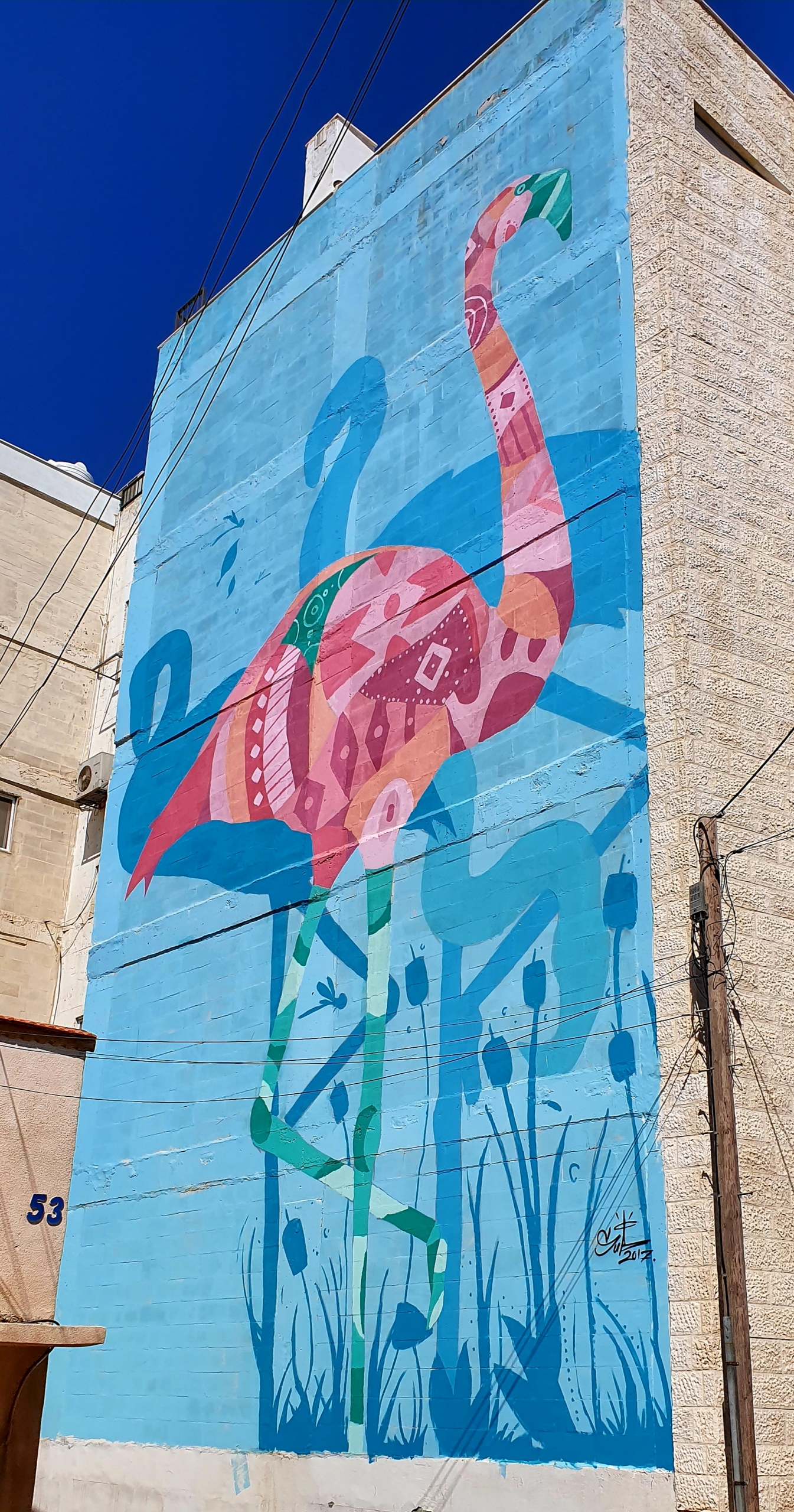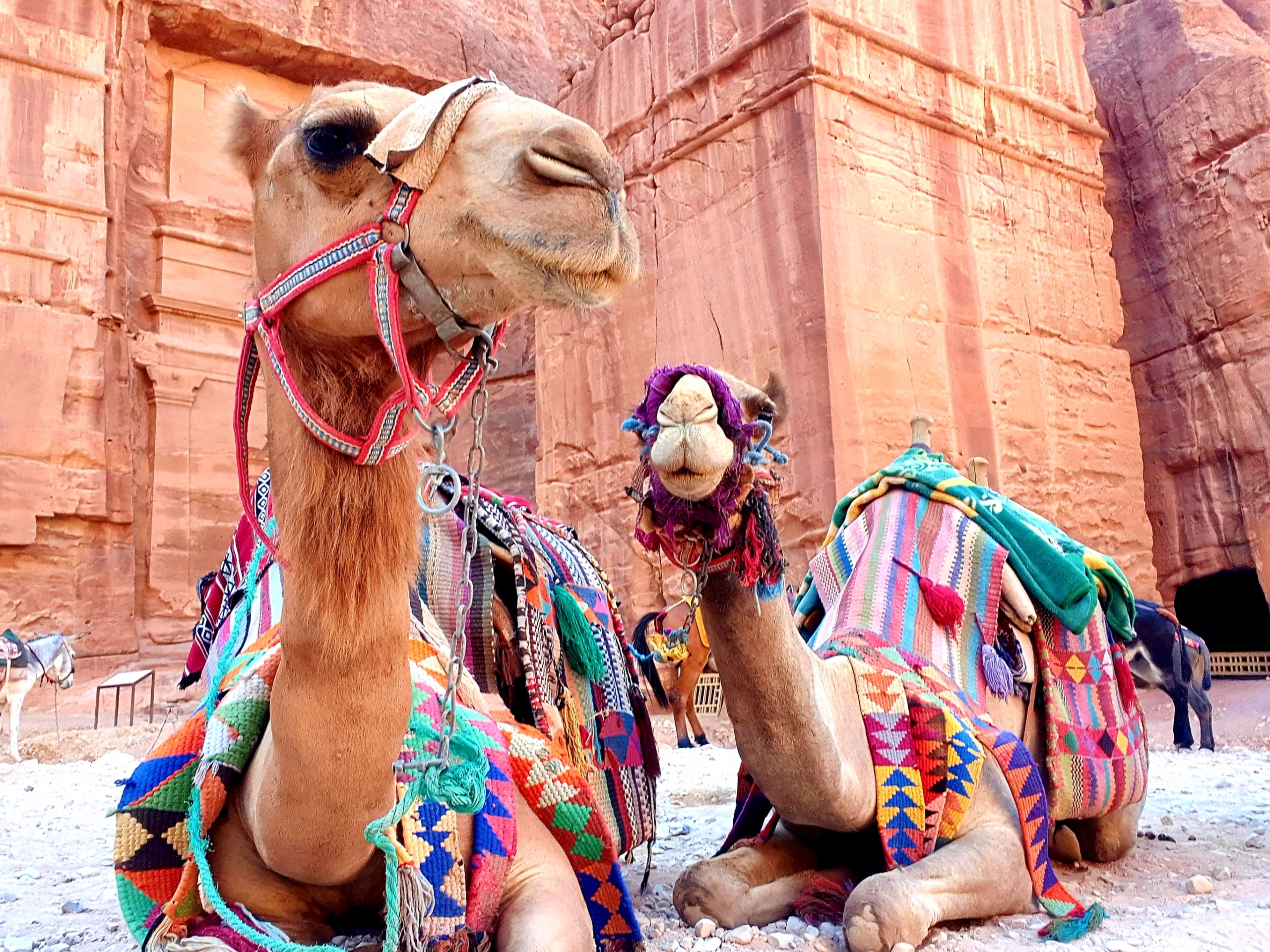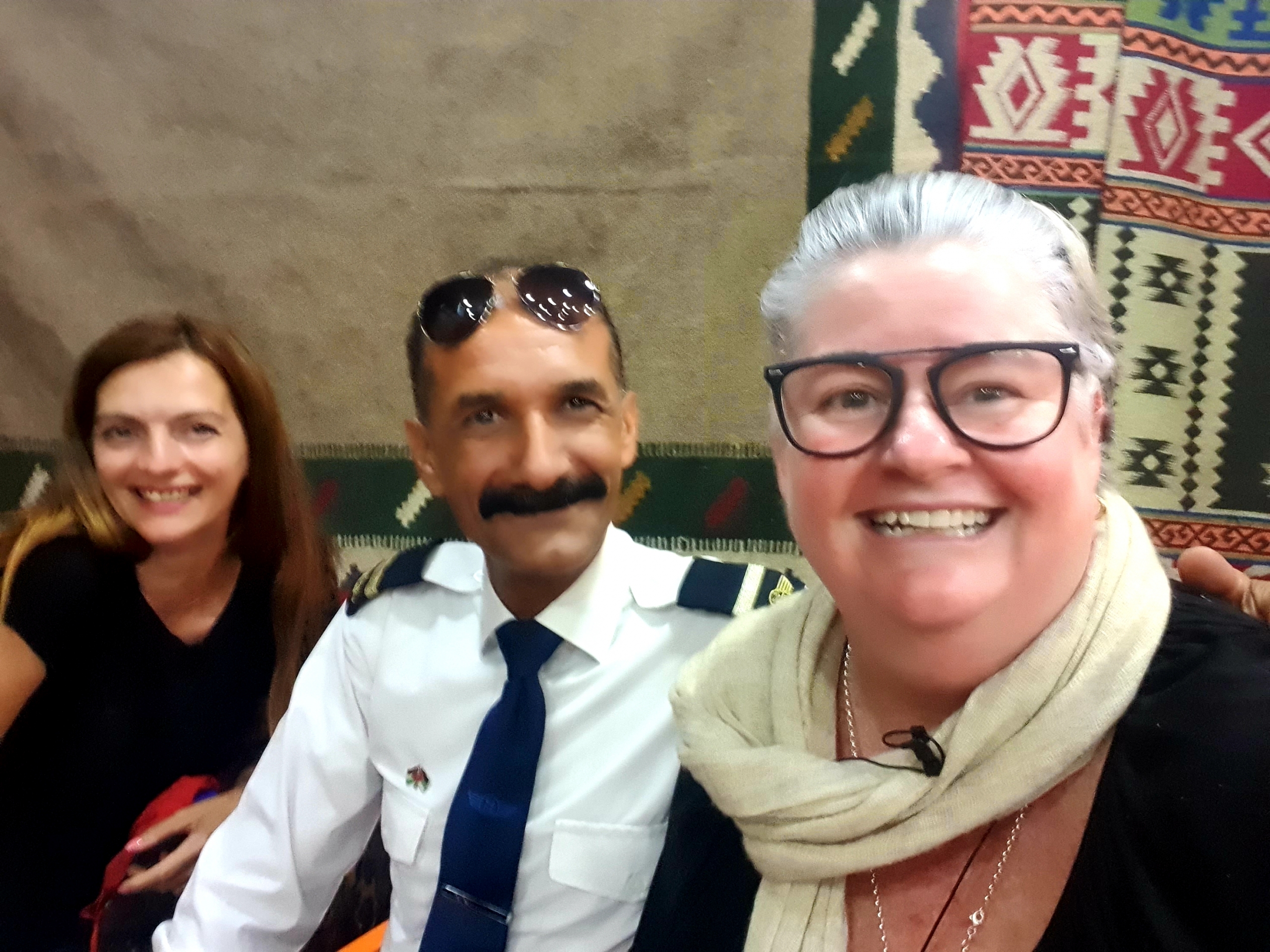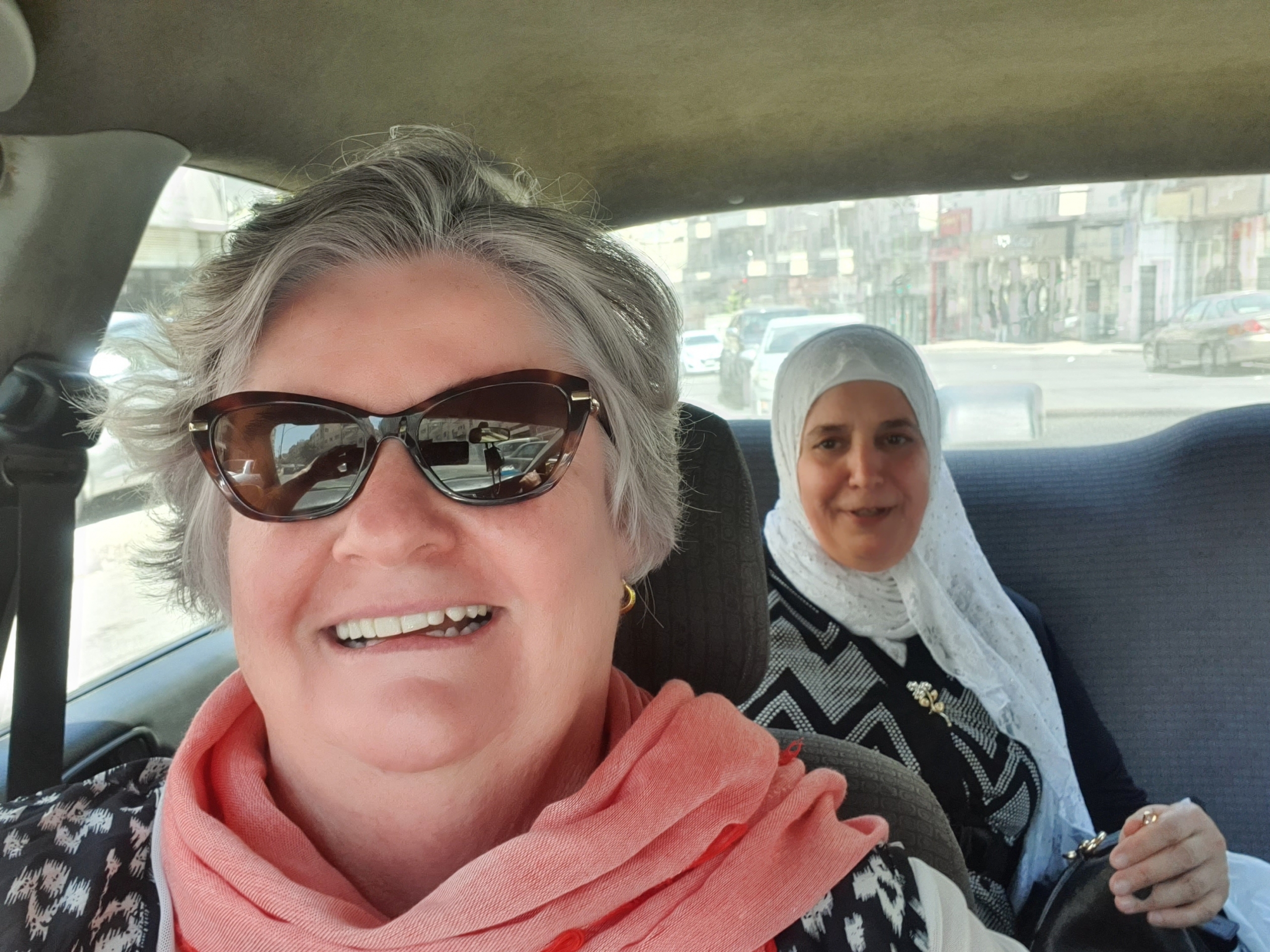You have had an amazing cruise. You have been to places that excite your imagination. You have met a lot of new people and had a few laughs. On the way you picked up some keepsakes and souvenirs to take home. Something like purchasing souvenirs should not be an issue when on holidays. There are a few basic principles that govern my choices, they are, buy local and distribute your tourist dollar. Let me explain, as I have mentioned before, I choose to budget about A$100 per port. This helps with budgeting and leaves you with enough spending money when you find that must have item. If that must have item is over this amount, you have your credit card, buy it and move on. My spending pattern is usually to spend small amounts with different vendors as this distributes an income though the local population. I desperately try not to buy anything made in China, I must confess, I have a grass skirted Hula Girl from Hawaii on my car dashboard and I love her (it is about the memories).
If I know I am wanting to purchase that unique native piece of art, know the reasonable price that should be paid, know how much you are willing to pay, and get comfortable with bargaining. When I was in Papua New Guinea I knew I was going to by a one off tribal carvings, and a decorative Ebony Wood walking stick. I knew I wanted to pay about A$150 for a nice walking stick. I looked at the all of the vendors wares, I asked prices, I negotiated and haggled, no one came down to my comfortable price. I was coming to the end of the stalls and the end of the day, I notice this nice 3D carved walking stick, I asked the price and he said A$130, I said, I will buy it. We exchanged money for the walking stick when another vendor came up and started talking to the man. The second man said, sorry he made a mistake it is A$200, I said sorry the deal is already done.
A similar thing happened in Cabo San Lucas, Baja, Mexico. I had been to Mexico a few times before, I knew I wanted a pair of large “Day of the Dead” statues. I knew my prices, I knew the variety, I cased the stall holders, I haggled, I found what I wanted, two 70cm handmade statues, for US$150 the pair, beautiful. We struck a deal, I said to the stallholder, I don’t have the money, I will come back tomorrow with the cash and collect them. I arrived the next day with the cash and the stallholder said, OH, I told you the wrong price it is US$200, I said no it was US$150 yesterday when we made our deal, it is US$150 when we complete our deal. He begrudgingly packed these big statues carefully into makeshift boxes and I took them back to the ship (via tender). As a visitor to some developing nations, I am happy to engage in the consumerism that keeps the local people out of poverty, I will not tolerate being taken advantage of or hustled under any circumstances. Just don’t get me onto the story of the US$5 slushy at Petra in Jordan, that is a story that continues to this day.
When you are choosing to buy unique souvenirs, you have to factor in their real cost. Remember any organic item brought into Australia from most developed nations may need a quarantine treatment. So when you purchase your A$20 wooden plate with shell inlay on a tropical island, it could end up costing you A$120 after you declare it and have it treated by the quarantine authority. Another word of caution, do not spend your money on souvenirs such as bows and arrows or blow guns they will not be allowed into Australia. I repeat, don’t waste your money. That free woven leaf hat from the native village excursion can be taken onto the ship but can not be brought into Australia. Enjoy them while you can, take a lot of photos for you memories then leave it behind.

